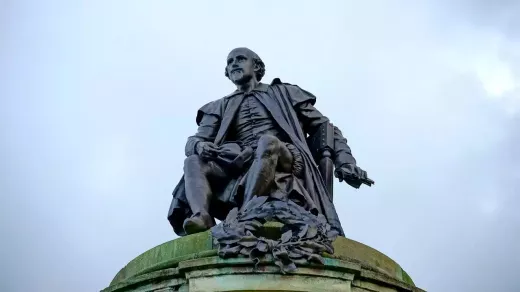Early History of the Gasoline Car
The earliest recorded use of a car was during the first century AD. The car was a primitive contraption that resembled a wheelbarrow and was pushed along by a person walking behind it. However, the first car that could be driven by a person was invented by French engineer Nicolas-Joseph Cugnot in 1769. Cugnot’s steam-powered vehicle was only intended to be used on a single road in Paris and didn’t become a commercial success. German inventor Karl Benz (1844-1929) is credited with the creation of the first gasoline car in 1885. However, these first gas cars were not commercially manufactured, and production of them only began in the early 20th century.
Karl Benz and the Creation of the First Gasoline Car
Benz began experimenting with internal combustion engines in the mid-1880s. He and his partner, Gottlieb Daimler, created the first gasoline car in 1885. Benz and Daimler’s cars couldn’t be mass-produced, and only three were created. However, Benz continued to develop his car and gained a patent for it in 1886. In 1888, he opened a factory to produce his car. Benz’s car was the first gasoline car that could be mass-produced. His car was also the first to use a carburetor and clutch system. However, it was still very inefficient and only had a range of 32 kilometers (20 miles). Benz’s car was powered by a one-cylinder engine with a one-stroke system. In 1890, Benz was awarded a patent for his “petrol engine.”
Henry Ford and the Mass Production of the Gasoline Car
Henry Ford (1863-1947) was an American engineer and industrialist who is credited with bringing the gasoline car to the masses. Ford’s first gasoline car, the Ford Model T, was mass-produced using the assembly line model. This allowed Ford to produce 16,000 Model T cars a year, which was a significant increase from the previous production rate of fewer than 900 cars a year. Ford’s Model T was produced between 1908 and 1927. It was the first car to be made with almost entirely standardized components, which made it easy to mass-produce. The Model T was also an affordable car, costing only $825, which was less than half the average annual wage in America at the time.
Growth of Automobile Manufacturing
The period between 1900 and 1910 saw a rise in the production of gasoline cars. This was partly due to the invention of the electric starter in 1908, which allowed drivers to start their cars using a hand crank. The starter was a significant invention because it made it easier for drivers to get their cars started. Other key inventions in this period included the windshield wiper (1897), the electric brake (1902), and the electric starter (1908). These inventions made cars safer and easier to drive. The number of car manufacturers increased in the early-to-mid 20th century, from around 90 in 1910 to more than 8,000 in 1930. This rise was partly because cars had become more affordable.
The Impact of World Wars on the Gasoline Car Industry
World War I (1914-1918) had a significant impact on the gasoline car industry. Many European car manufacturers stopped producing cars during this period, which allowed American car manufacturers to increase their market share. However, the American car industry was badly affected by World War II (1939-1945), because many of its raw materials were sourced from European countries, which had been invaded by Germany. American car manufacturers were also significantly affected by the rise of the trucking industry, which saw the use of gasoline-powered vehicles increase significantly between 1910 and 1930. The trucking industry boomed after the invention of a device in 1929 that allowed trucks to drive on two-lane roads.
The Rise of Electric and Hybrid Vehicles
The rise of electric and hybrid vehicles in the late 20th century marked a shift in the history of the gasoline car. These vehicles are powered by batteries or a combination of batteries and gasoline.
The future of the gasoline car remains uncertain, as car manufacturers are increasingly turning to the production of electric and hybrid vehicles.






